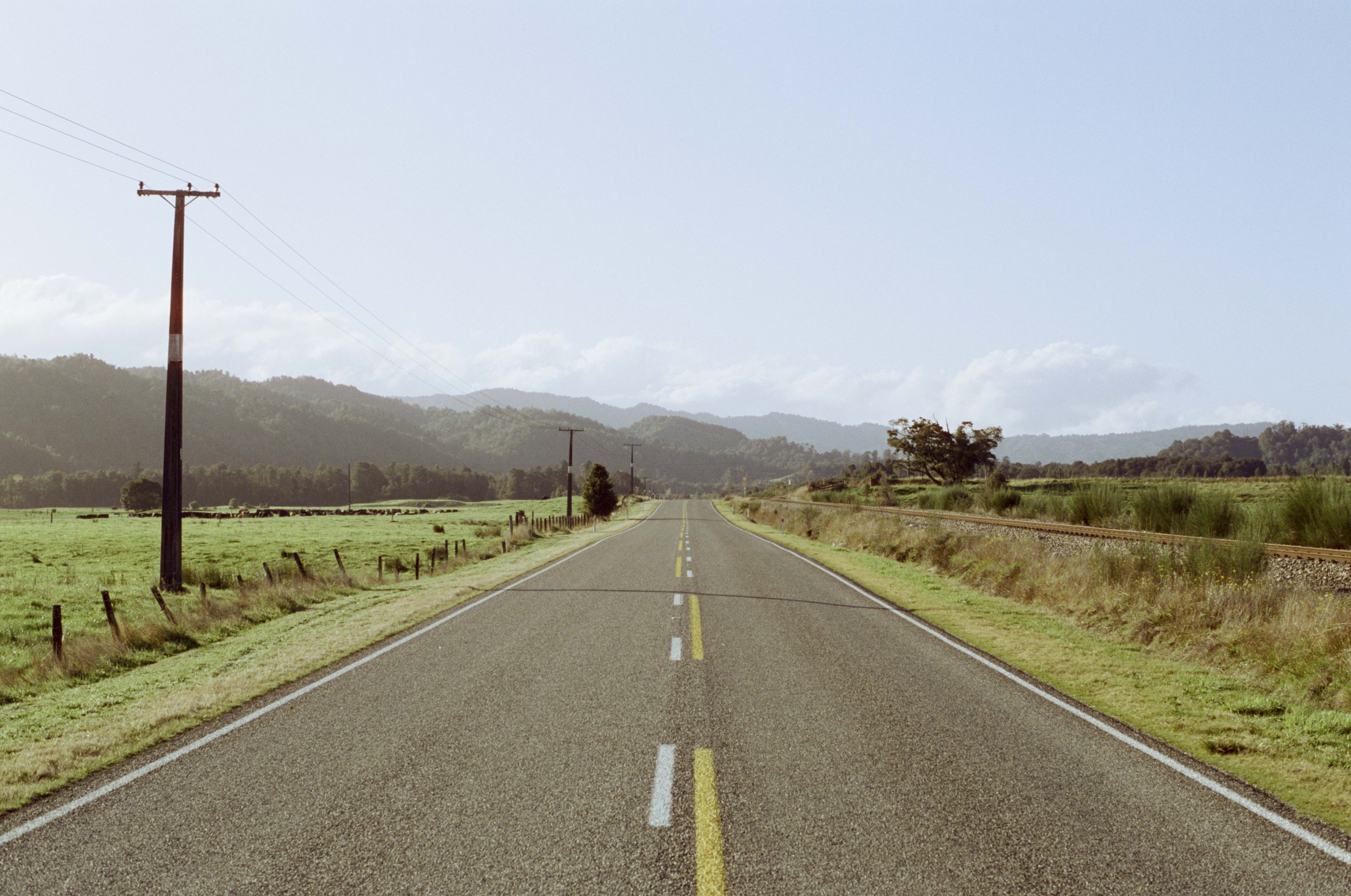About two hours after I had set off my device, the helicopter showed up. It simply popped out from behind the mountain, and there it was! I was wearing my orange hard-shell jacket, so very carefully I got out of my bivy bag and kneeled up onto my guardian angel boulder and waved my arms continuously. I knew they had to sight me. After doing a couple of loops, the heli went up to Fanthams Peak and landed two blokes in full mountaineering kit, who walked down the track, then across the slope towards me, while the heli circled overhead. They were wearing boots, crampons, had an axe, helmets and a pack each.
”How on Earth did you get here with that kind of footwear? It’s quite impressive you managed not to kill yourself.” - the volunteer SAR said to me.
”People die on this kind of terrain all the time”- the police SAR said.
“We are gonna winch you out of here.”
Which they did. I got winched off the side of Mt Taranaki with a helicopter. Alongside one of the SAR volunteers. Then the heli went back and got the police officer with the bags. They dropped me at the carpark, three kilometres from the visitor centre. The police officer said they wouldn’t charge me. I was grateful, shaken, humbled.
Truly, I underestimated New Zealand.













































